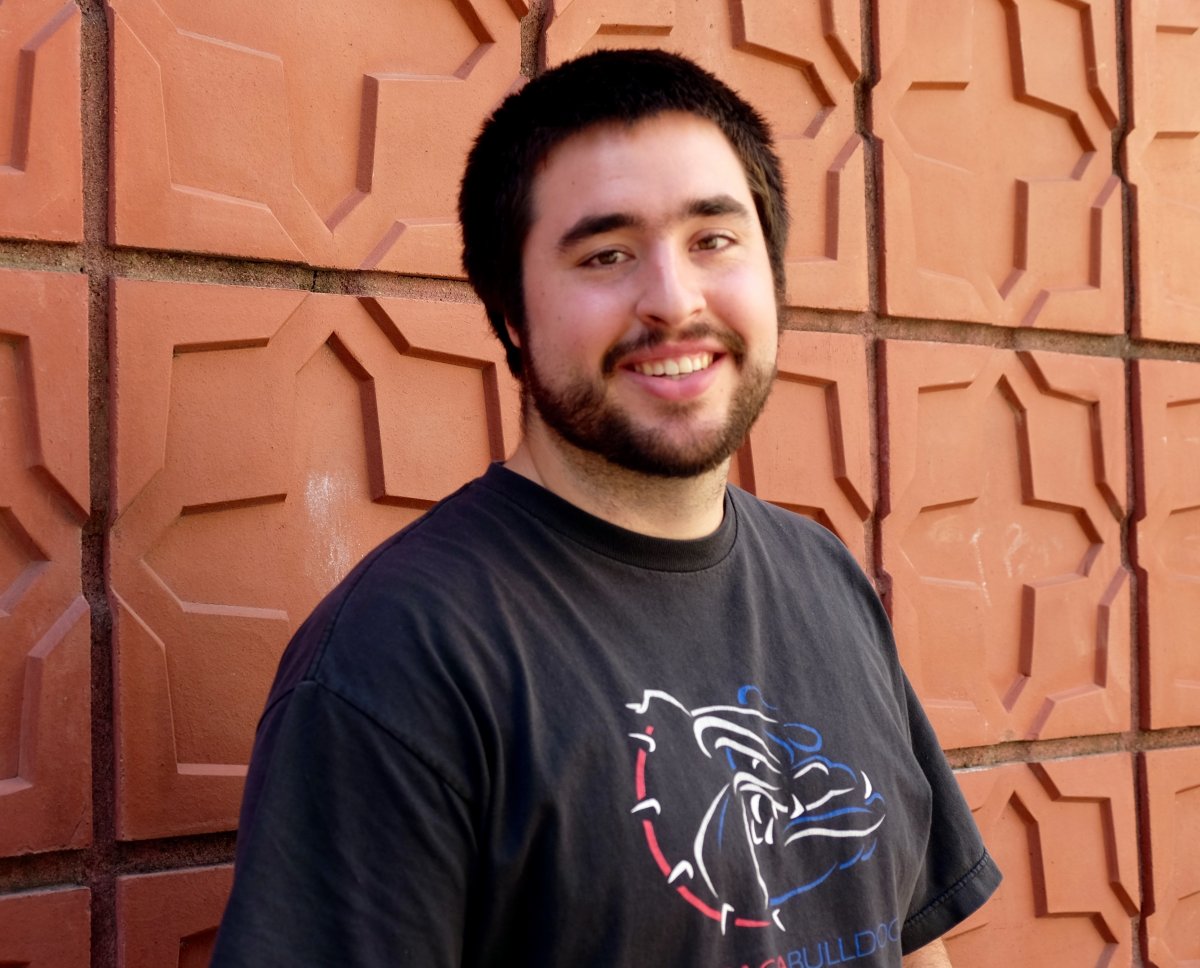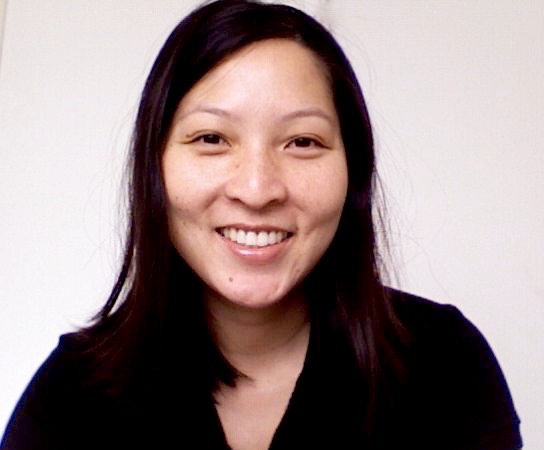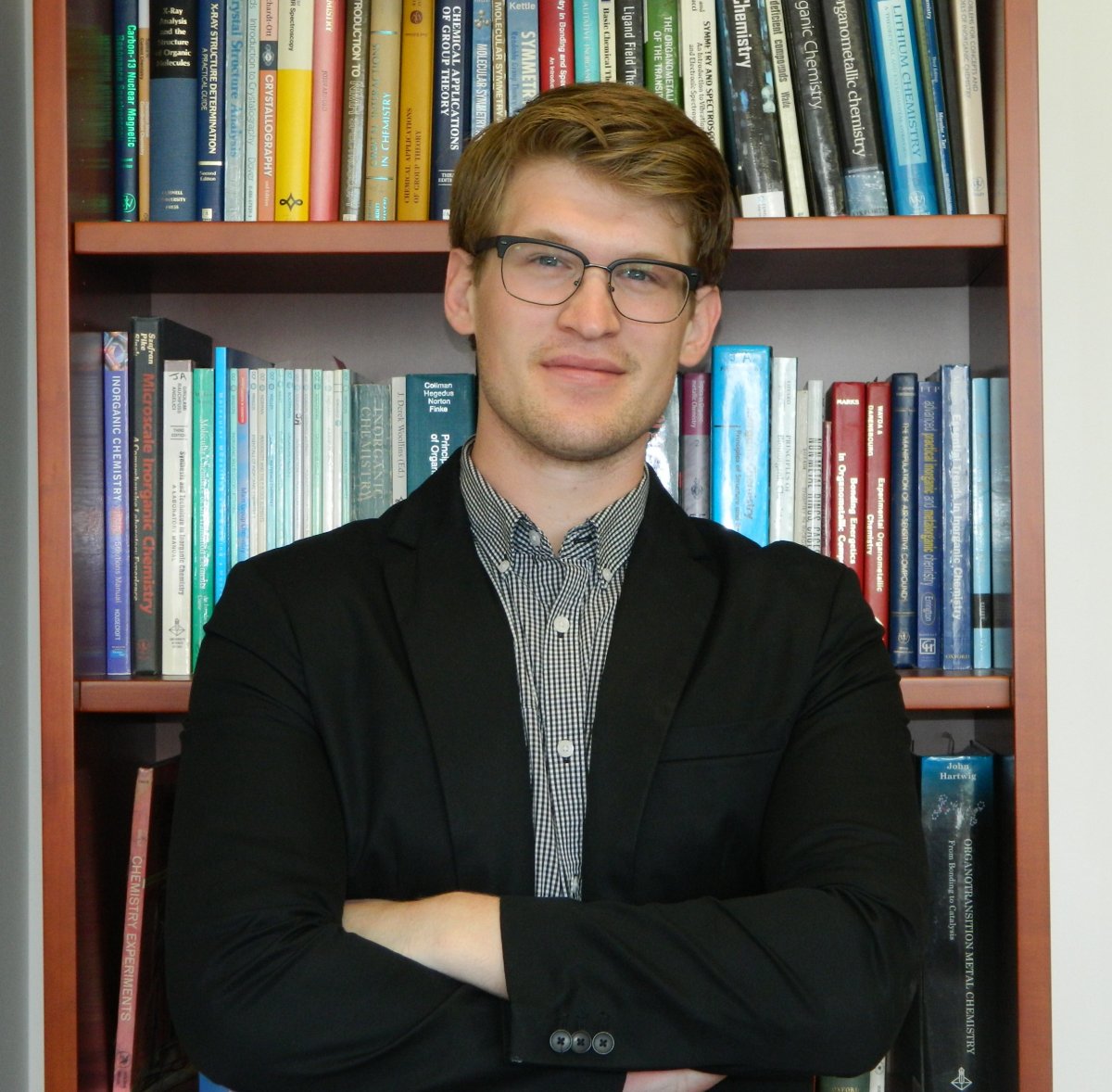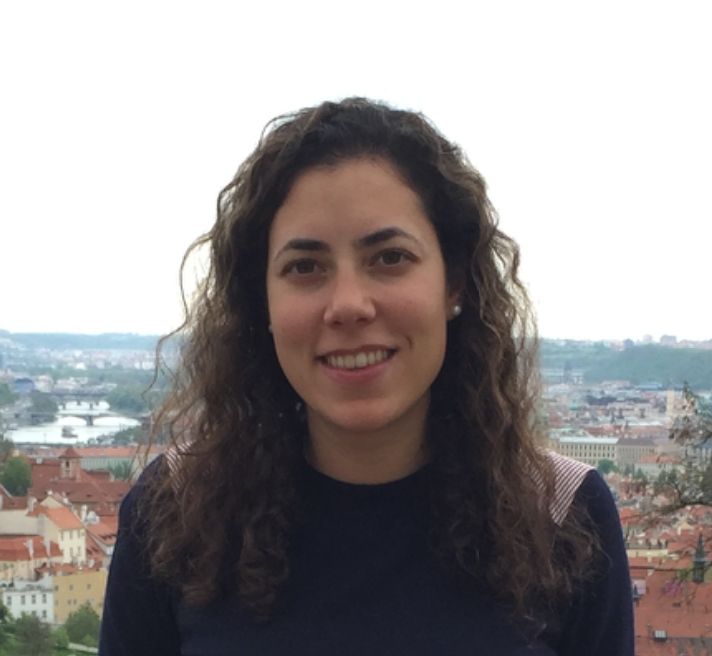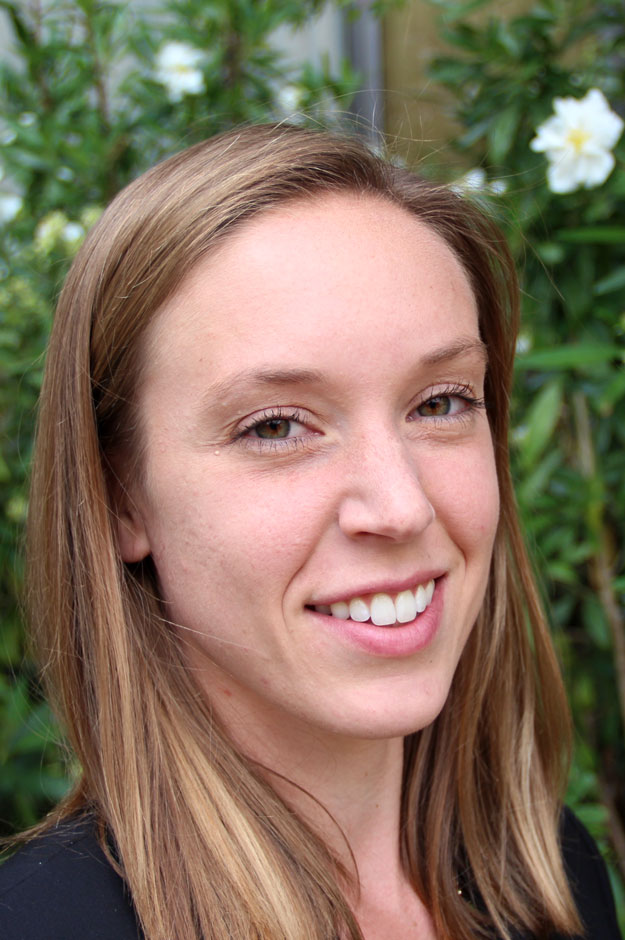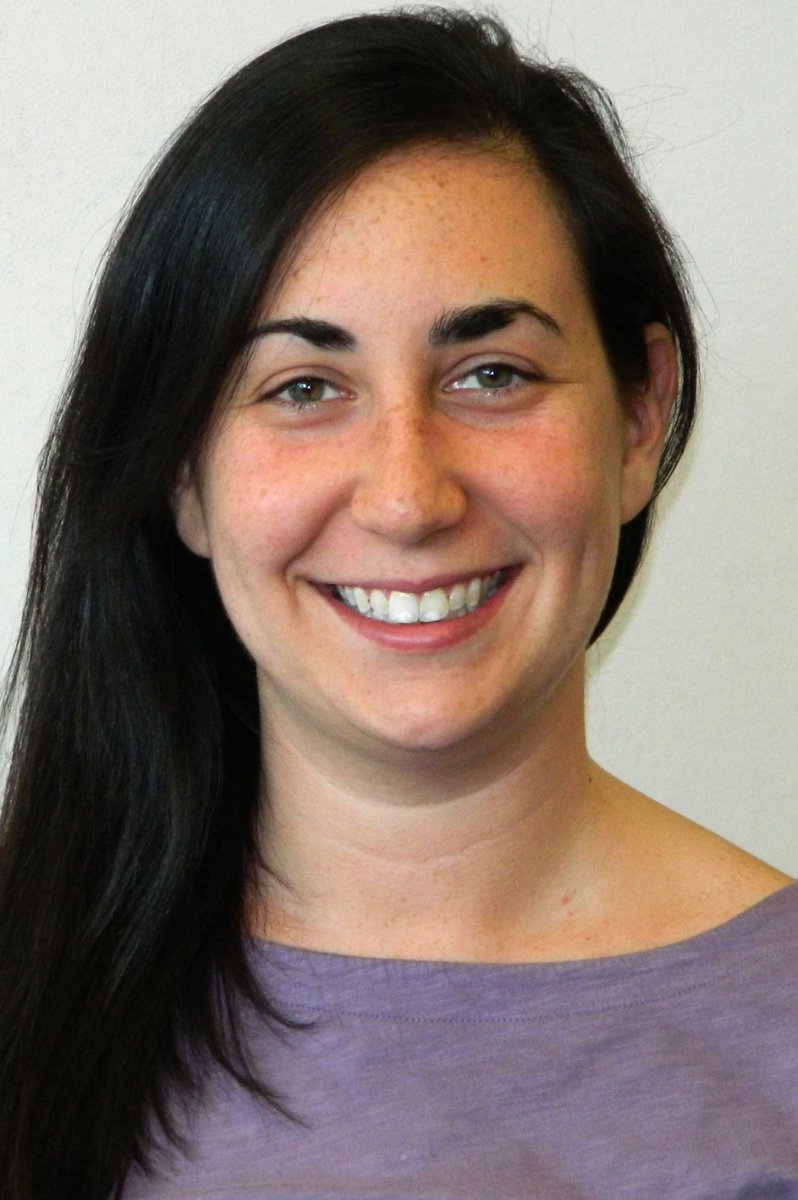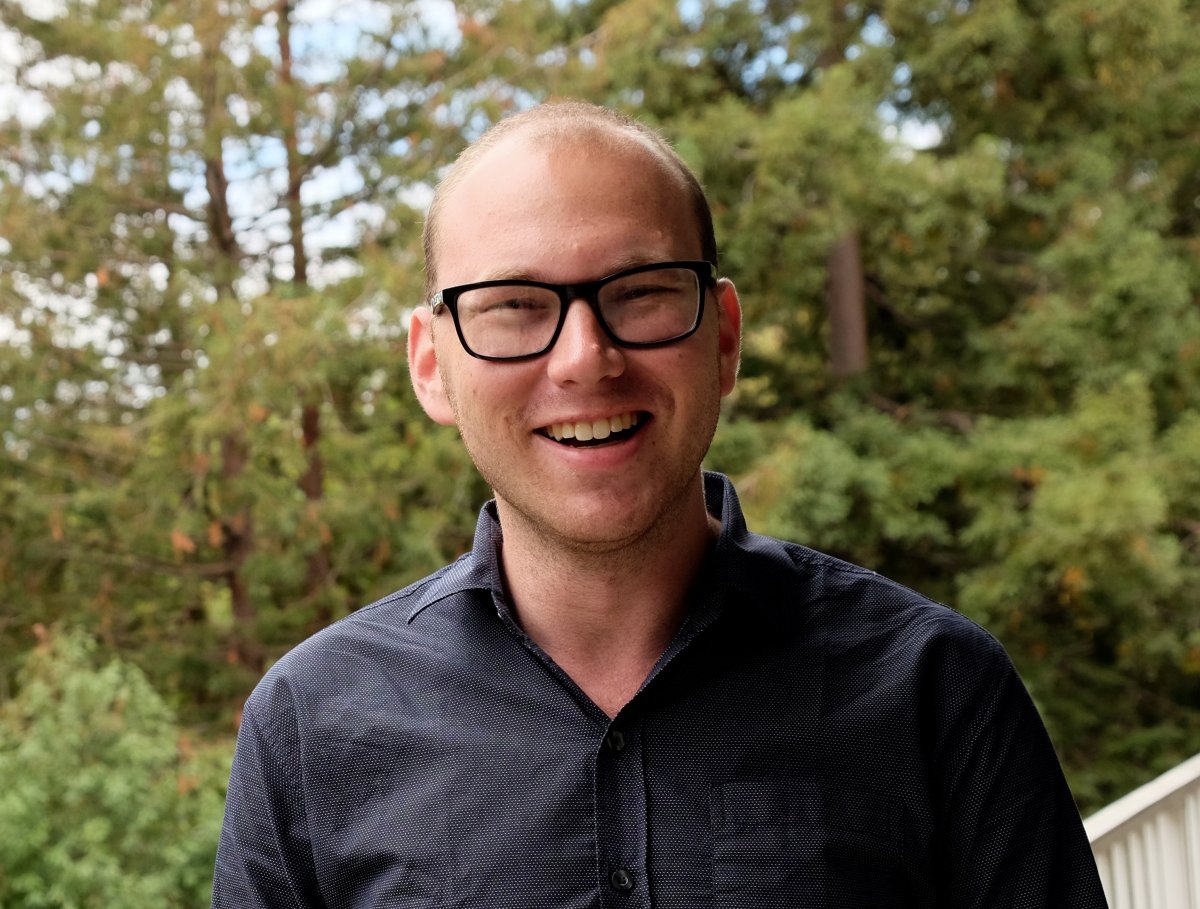Students
|
SAGE 2016 Cohort |
|---|
|
Matt Smith, Chemistry Matt Smith is a third year student in the chemistry department. He makes interesting polymers from the carbon dioxide and nitrogen gas in air. To do this, he’s engineered both a microbe that fixes carbon dioxide and a microbe that fixes nitrogen to share nutrients with one another, enabling them both to grow without fixed carbon or nitrogen. These organisms are not found in the same environments in nature and do not normally share nutrients with one another. He’s exploring how efficiently these organisms can make bioplastics and other interesting materials. |
 |
Zachary Gima, Mechanical Engineering Zachary Gima is a second year student in the mechanical engineering department. He’s currently working on how to improve energy storage technologies through materials innovation and leveraging electrochemical modeling and controls techniques. The goal of his PhD is to explore the use of modeling and control to increase the efficiency of current battery technology as well as improve the material design process that goes into making a battery. |
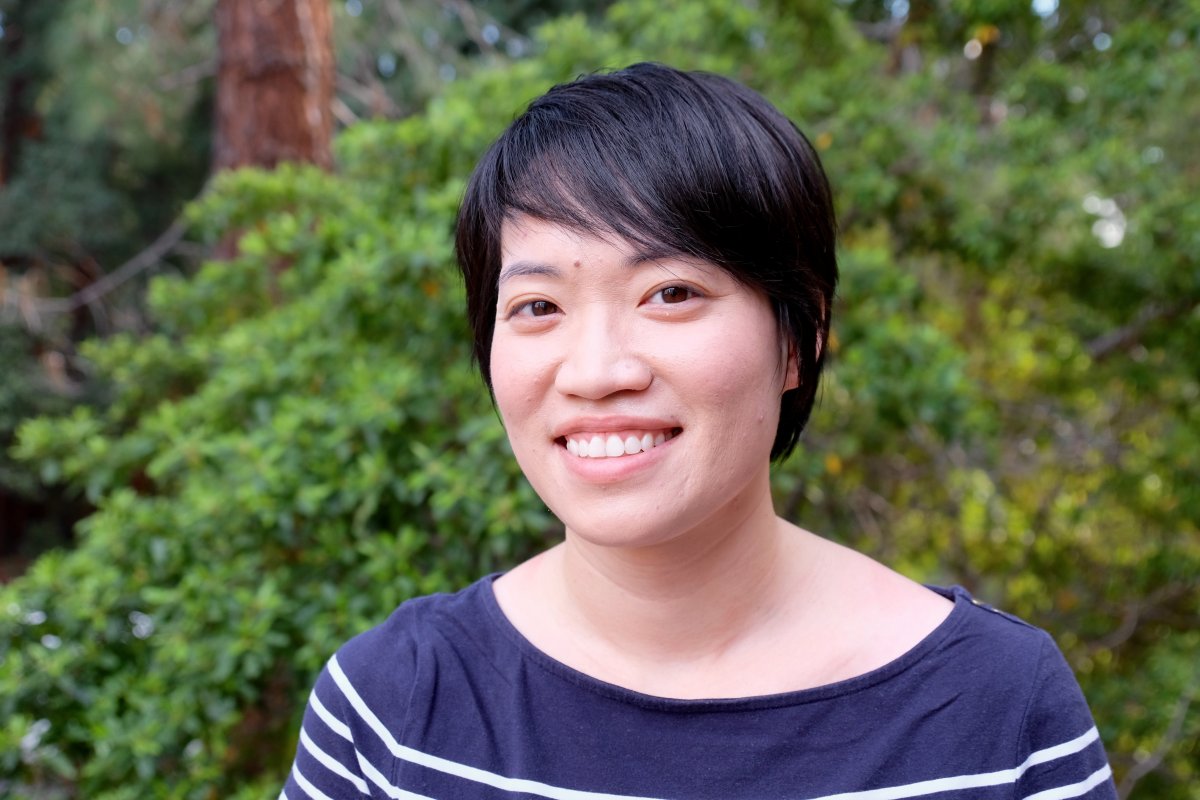 |
Kathy Tran, School of Public Health Kathy Tran is a second year student in the environmental health sciences department. She’s studying the trade-offs between global and local emissions impacts of biomass power plants by determining global emissions reductions from CA biomass facilities (accounting for biomass type/sources and technologies in place (biomass conversion and emissions control)); assessing local emissions and identifying critical air pollutants impacting local communities; and evaluating implications for local public health impacts i.e. vulnerability factors, and co-pollutants. Biomass currently contributes approximately 2% of current CA renewable energy sources and has potential for expansion. While generating energy from biomass can have multiple environmental benefits, there are also potential negative implications for environmental health and justice that have yet to be explored. Her study has implications for informing biomass energy policies in California, such as AB-590, which is designed to subsidize the production of energy via biomass and geothermal facilities with funding from the Greenhouse Gas Reduction Fund (GGRF). It will also inform analysis of the prospects of biomass energy across the US. |
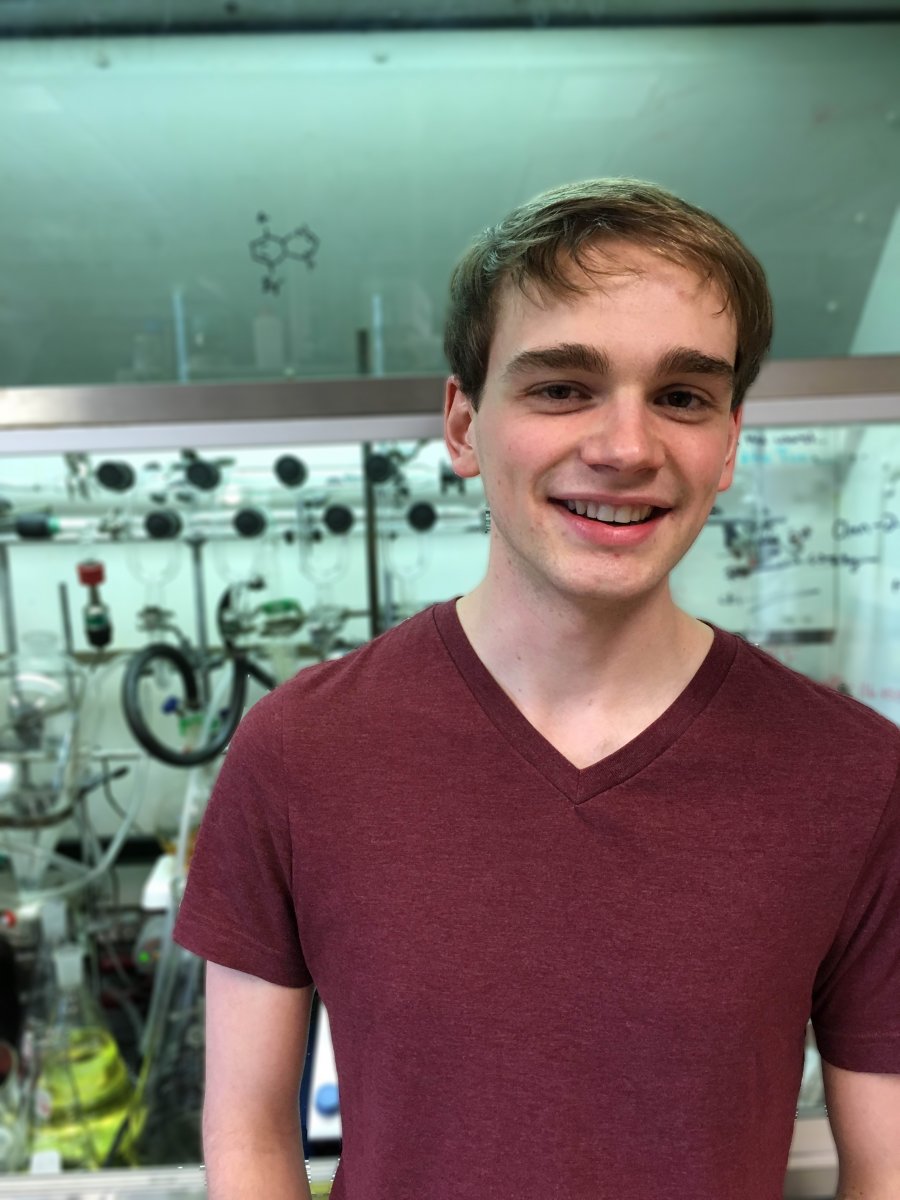 |
Peter Waller Peter Waller is a second year student in the chemistry department. He’s currently working on on covalent organic frameworks (COFs), a new class of porous, crystalline organic materials. They can be used to capture gases, as supports for catalysis, or in electronic devices. All of these applications require incorporation of specialized chemical functionalities, installed on top of the bare, unadorned framework. His projects focus on the development of new methods to put these necessary components into place. |
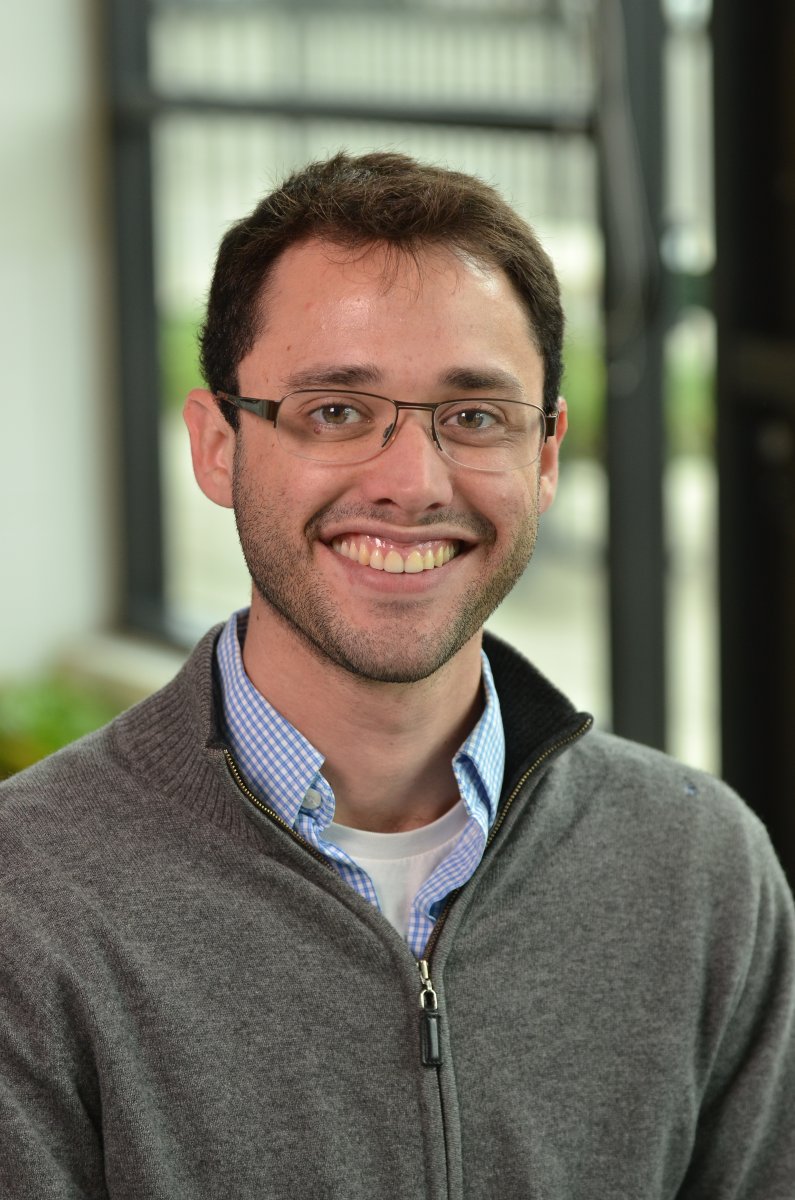 |
David Garfield David Garfield is a fourth year student in the chemistry department. He’s exploring a way to increase the amount solar energy available for solar cells to convert into usable energy through a process called upconversion: Designing materials that absorb two or more low-energy, or sub-bandgap photons, and convert them into higher energy photons that could then be reabsorbed by the photovoltaic material. He’s currently working on optimizing this upconversion process. |
|
Beverly Shen, School of Public Health Beverly Shen is a first year student in the environmental health sciences department. She’s interested in occupational health and exposures, particularly in developing countries, and works on measuring occupational exposures to flame retardants in fire station dust. In her research now she’s evaluating the energy requirements of organophosphate flame retardants and nanoclay flame retardants at the production stage and their potential health effects during electronic waste recycling and disposal. |
|
SAGE 2015 Cohort |
|---|
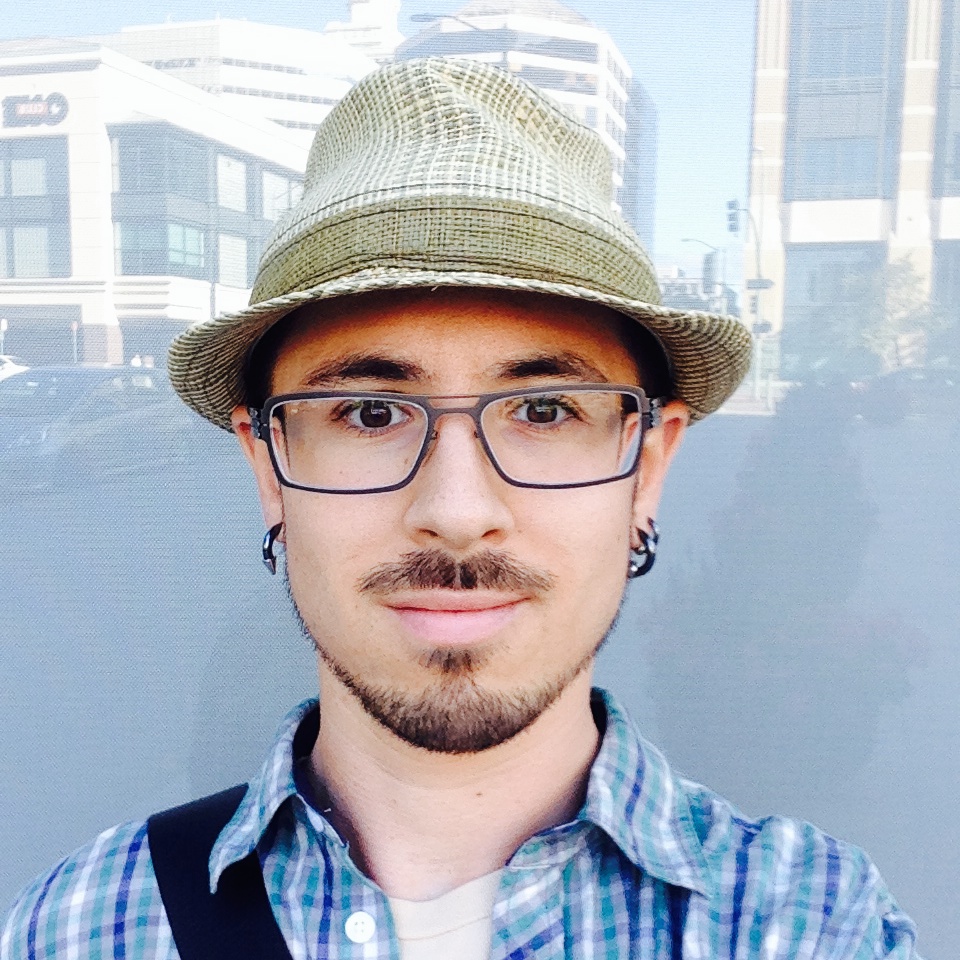 |
Akos Kokai, Environmental Science and Policy Management Akos Kokai is a second year PhD student in Environmental Science and Policy Management. He studies the mobilization of scientific knowledge to reduce the environmental health impacts of industrial production. “In green chemistry and green energy, we have a variety of stakeholders who need validated knowledge as a basis for decision making, innovation, regulation, and so on,” he says. “What if we were to view knowledge about material sustainability as a commons — a shared intellectual resource?” His research focuses on the potential role of knowledge commons in green chemistry and sustainable production, investigating how organizations, firms, and agencies produce and use knowledge commons to create innovative solutions to knowledge challenges. He’s particularly interested in incentives and disincentives for participating in knowledge commons, and the ability of the commons to produce credible knowledge. He’s putting some of these ideas to the test as a contributor to the Chemical Hazard Data Commons a project he contributes to, which involves over 40 collaborators, coordinated by the Healthy Building Network. |
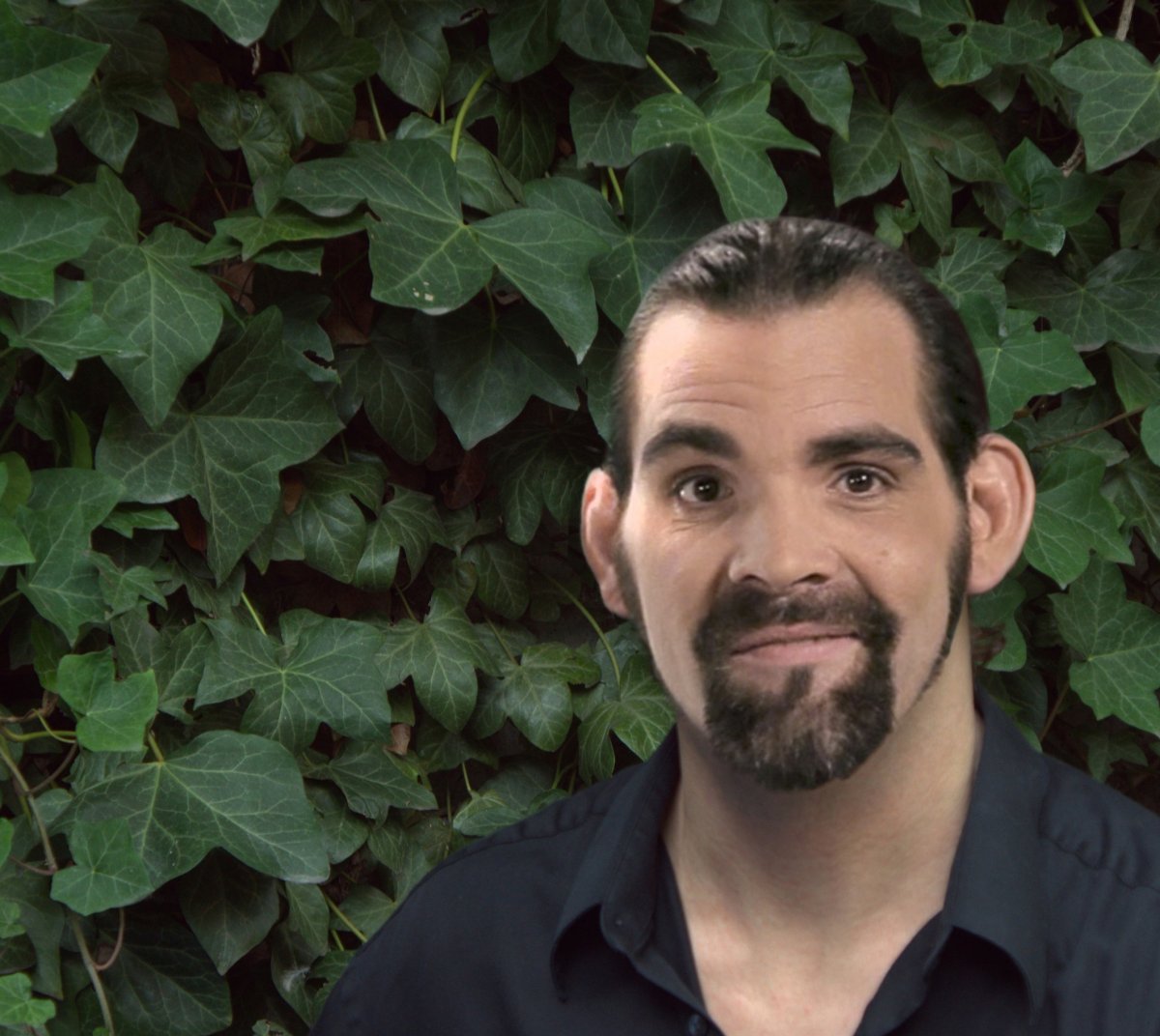 |
Jeremy Faludi, Mechanical Engineering Jeremy Faludi is a third year PhD student in the mechanical engineering department, where he’s investigating how sustainable design methods can be “turned from a burden into an innovation tool.” Prior to his studies at UC Berkeley he worked as a sustainable design strategist and researcher for clients including The Biomimicry Institute, Lawrence Berkeley National Lab, and the Rocky Mountain Institute, and worked for three years in the semiconductor industry. Now, as a SAGE fellow, he’s applying these experiences to work with design teams and testing different green design methods “to see where they find value for innovation, sustainability, and other benefits.” |
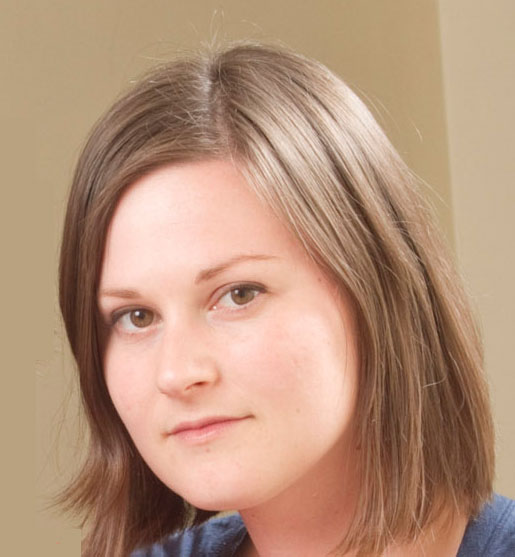 |
Julia Varshavsky, School of Public Health Julia Varshavsky is a third year student in the environmental health sciences department in the School of Public Health. She’s currently working on evaluating exposure and developmental health risks associated with phthalates, a family of endocrine disrupting chemicals found in plastics and personal care products like fragrances and nail polish. She’s also investigating what motivates consumers to “change behavior to reduce potentially harmful exposures,” she says, and “how to incorporate health toxicity considerations into sustainability metrics,” such as product life cycle assessments. |
 |
Cecilia Springer, Energy and Resources Group Cecilia Springer is a second year PhD student in the in the Energy and Resources Group. She’s finding innovative ways to assess the carbon and air pollution emissions associated with hard commodity supply chains, primarily fossil fuels and metals. Her geographic focus is Asia, where many global supply chains begin. “I aim to combine resource economics and life cycle assessment methods to evaluate trade and production in Asia,” she says. “How can we regulate emissions-intensive production without causing companies to relocate to unregulated regions?” Her current research topics include the China-Indonesia coal trade, and aluminum production in China. |
Marianna Brown, School of Public Health Marianna Brown-Augustine is a second year PhD student in the Department of Nutritional Science and Toxicology. She studies the chemical toxicity of greener fuel alternatives- furans and hydrogen donors-using high throughput screening tools in aquatic species. “Computer-based estimates of eco-toxicity for newly designed chemicals are limited by inability to incorporate small structural changes to a chemical class, and lack of species-specific biological data,” Brown-Augustine says. “This study will generate needed biological data and compare it to existent computer-based models.” |
|
|
Trevor Lohrey, College of Chemistry Trevor Lohrey is a first year PhD student in the College of Chemistry. He’s studying the reactivity of a new series of rhenium oxo complexes which can catalyze the conversion of biomass into carbon-neutral biofuels. Rhenium has been demonstrated to catalytically convert oxygen-rich, biomass-derived substrates into hydrocarbon and furan-based products that could be of use as carbon-neutral biofuels, but “this reactivity has, thus far, only been observed in rhenium oxo complexes,” Lohrey says, so “the study of new rhenium oxo complexes in new ancillary frameworks is crucial to the development of more robust catalysts.” |
|
Tala Daya, Mechanical Engineering Tala Daya is a second year student in the Mechanical Engineering department. Her work involves assessing the sustainability of materials and communicating to designers the impact of their material choices. Often designers only have access to “red lists” or lists of materials known to impact health. The goal of her research is to create awareness by looking at human health and environmental hazards (using a HA and LCA) to help incremental material improvements in a process or product. Tala’s overall goal is to build a tool that instead introduces designers to materials that are sustainable choices and additionally maps trade-offs for them during the design process. |
|
Drew Hill, Environmental Health Sciences Drew Hill studies the impacts of energy use on the environment, human health, and climate. Most recently, his research has focused on characterizing the link between household solid fuel use and health in a way that informs energy, health, and economic policies. More than 3 billion of the world’s poorest people rely on wood, coal, dung, or crop residues to meet their daily energy needs. These fuels, which are most often employed in open fires or poorly ventilated stoves, billow dirty smoke into users’ kitchens and into the local air. The pollution exposures that result are estimated to lead to over 4 million deaths annually, considerable economic loss, stifled social development, and rapid local climate change. |
|
SAGE 2014 Cohort |
|---|
|
|
Julie Chaves, Biochemistry and Plant and Microbiology Julie Chaves is a third year PhD student who works in the comparative biochemistry and plant and microbial biology departments. She’s trying to enhancing the photosynthetic production of isoprene in the model Cyanobacterium synechocystis. This is useful because isoprene can be a good starting point for biofuel production. |
|
|
Jennifer Lawrence Jennifer Lawrence is a third year PhD student in the Environmental Engineering . She is using screening technologies to evaluate industrial chemicals during the chemical development process. “By generating toxicity data during the development process,” she says, “we can make trade-off decisions about the chemicals we use.” As a case study, she’s using a combination of computational toxicology techniques and the yeast-based functional toxicogenomics assays to predict toxicity pathways in a suite of furan compounds which have potential as biofuels. |
|
|
Jessica Zeigler Jessica Ziegler is a second year student in the College of Chemistry. She investigates novel corrole complexes of early transition metals for the purposes of structural characterization and probing reactivity. She also investigates other early transition metal complexes with the aim of activating strong bonds to perform catalytic transformations. |
|
|
Noah Kittner Noah Kittner is a third year PhD student in the Energy and Resources Group. He works on analyzing the sustainability of different energy storage systems to back up intermittent renewables like solar and wind on the grid. The scale up of energy storage systems will require the use of critical metals, materials, and energy to manufacture storage systems. Various types of energy storage technologies are used for different purposes on the grid– and modeling the effects different technology deployment on grid emissions from a holistic view will provide policymakers and grid operators a better framework for planning a new electricity grid. |

